Art imitates science
According to Albert Einstein, “The greatest scientists are always artists as well.” And it’s true — every day, scientists use their creativity to innovate, problem-solve and troubleshoot. They cleverly design experiments to close gaps in our knowledge. Some scientists extend their creativity into visual art. Some have an eye for beautiful microscopy images or further dive into their scientific passions outside the lab through artistic hobbies.
This past summer, to showcase our members’ creativity, the American Society for Biochemistry and Molecular Biology held its first Molecular Motifs bioart competition. The word “motif” refers to both the distinctive molecular sequences and secondary structures that occur over and over throughout nature and to a recurrent or dominant element in a work of art.
We received 34 stunning submissions exploring the elegance, complexity and wonder of biochemistry and molecular biology. The ASBMB Council and Membership Committee selected the 12 winners shown below with comments from the submitters.
These winning entries will be featured in the 2024 ASBMB calendar, which will be mailed with the November issue of ASBMB Today. Keep an eye out for your copy.
Maya Matsumoto

"This image depicts a Tetrahymena thermophila cell with its cilia, basal bodies and nuclei stained, and was captured on a confocal microscope as part of a microscopy class. Thank you to Nick Galati for providing an amazing learning experience all about microscopes." — Maya Matsumoto, laboratory technician at Western Washington University, ASBMB member since 2022
Melinda Engevik

“This is an image of mucus-producing goblet cells in the human colon. The purple is MUC2, the major glycoprotein secreted by goblet cells, and the teal is the nuclear stain hoechst.” — Melinda Engevik, assistant professor at the Medical University of South Carolina, ASBMB member since 2021
Kelly Ten Hagen

“Shown is the Drosophila female reproductive system including one pair of spermathecae and one pair of accessory glands, which are active in secretion and important for sperm storage and fertility. Magenta stains O-linked glycans present in the secretory apparatus of the spermathecae and accessory glands, and the mucus layer in the oviduct. Green is actin staining. Red is staining of nuclei. Cyan is staining of a protein specific for the fat body.” — Kelly Ten Hagen, principal investigator at the National Institutes of Health, ASBMB Council member, member since 2002
Bernice Wong

“Mfsd2a is a sodium-dependent lysophosphatidylcholine transporter critical for DHA accretion in eye and photoreceptor cell development. This artistically rendered confocal image shows the developing retinal vasculature in a mouse eye, flattened into a ‘petal-shaped’ form allowing full view of the retinal vasculature. Mfsd2a protein (green) co-localizes with CD31 (red) in mature capillaries (yellow).” — Bernice Wong, senior research fellow at Duke–National University of Singapore Medical School, ASBMB member since 2016
Michael Wolyniak

“This image is a leaf of hops (Humulus lupulus) pressed onto a typical bacterial growth plate to get a sense of the microbes that normally reside on the surface of the plant. When the leaf was peeled away, it left the beautifully ornate impression in the form of microbial growth seen in the image.” — Michael Wolyniak, associate professor at Hampden-Sydney College, student chapter adviser, ASBMB member since 2013
Iain Wilson

“The N-glycome of the brittle star as investigated by mass spectrometry displays a range of sugar chains with their 'arms' as flexible as the echinoderm from which they are derived.” (See this paper in the Journal of Biological Chemistry.) — Iain Wilson, associate professor at Universität für Bodenkultur, ASBMB member since 1999
Andrew Santiago-Frangos

“A snapshot of the first step in CRISPR adaptive immunity. CRISPR integrases cooperate with bacterial nucleoid proteins to fold the genome into an intricate shape that facilitates site-specific integration of foreign DNA into the first repeat of a CRISPR array.” — Andrew Santiago–Frangos, postdoctoral scientist at Montana State University, ASBMB member since 2022
Joseph Provost

“This stained glass window is a rendering of the sodium hydrogen exchanger isoform 1, or NHE1. Twenty-five years ago, after a serious health event, I started working with stained glass. I no longer wanted to put off non–work-related goals. For 28 years, I've been studying the role NHE1 plays in lung cancer, and this was my first science-oriented window. Notice the thick lines representing the edge of the membrane and the rippled clear glass symbolizing the lipid membrane. The yellow-colored tail portrays the C terminus, where much of the exchanger regulation exists and which is the focus of most of my work.” — Joseph Provost, professor at the University of San Diego, ASBMB member since 1997
Mehmet Berkmen

“This living BacArt was inspired by the ocean. It combines various species of bacteria such as Arthrobacter, Nesterenkonia, Deinococcus, Sphingomonas, Bacillus, Pseudomonas and Escherichia coli. Bacteria were applied to a petri dish filled with agar using a platinum loop and other techniques like pipette diffusion or glass balls." — Mehmet Berkmen, senior scientist at New England Biolabs, ASBMB member since 2023
Soutick Saha

"Proteins are fascinating molecular machines that are ubiquitous, functional, elegant and crucial to life. The image celebrates the elegance and beauty of proteins and shows four structures (from left, Protein Data Bank IDs 6RB9, 2FKW, 3J89 and 2V9U) in three different ways; the top row shows the structures colored according to their chains, the middle row shows the structures colored based on their amino acid residues, and the bottom row shows the amide planes. The individual structures were created using the Wolfram ProteinVisualization paclet." — Soutick Saha, bioinformatics developer at Wolfram Alpha LLC, ASBMB member since 2023
Leonora Martínez–Núñez

"A stylized rendering of the human papillomavirus Type 16 capsid. The geometry was obtained from the Protein Data Bank ID 3J6R reported by Cardone et al., 2014. The illustration is made in Blender 3.5 with Molecular Nodes add-on." — Leonora Martínez–Núñez, Senior program manager of outreach at the University of Massachusetts Chan Medical School, ASBMB member since 2023
Jennifer Bennett

“The art is a photo of Streptomyces bacterial cells examined with scanning electron microscopy as part of a research project with Otterbein University undergraduate student Bridget Bowman. We worked with Laura Tuhela–Reuning who runs the who runs the electron microscopy facility at Ohio Wesleyan University. I wanted to produce microscopy images in the style of Andy Warhol's pop art, and Bridget masterfully colorized the micrograph to produce the final image. Bridget was a member of the ASBMB Student Chapter at Otterbein and has recently started a Ph.D. program at Ohio State University." — Jennifer Bennett, associate professor at Otterbein University, ASBMB member since 2020
Enjoy reading ASBMB Today?
Become a member to receive the print edition four times a year and the digital edition weekly.
Learn moreGet the latest from ASBMB Today
Enter your email address, and we’ll send you a weekly email with recent articles, interviews and more.
Latest in Science
Science highlights or most popular articles
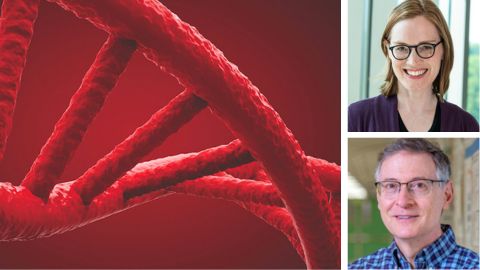
Exploring life’s blueprint: Gene expression in development and evolution
Meet Julia Zeitlinger and David Arnosti — two co-chairs of the ASBMB’s 2025 meeting on gene expression, to be held June 26-29, in Kansas City, Missouri.
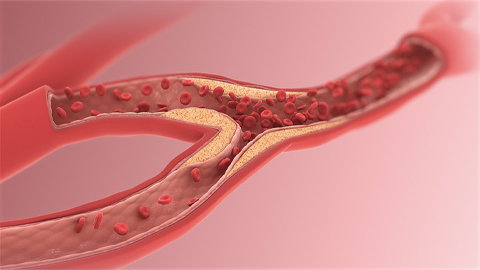
From the journals: JLR
Protein analysis of dopaminergic neurons. Predicting immunotherapy responses in lung cancer. ZASP: An efficient proteomics sample prep method. Read about papers on these topics recently published in Molecular & Cellular Proteomics.

New mass spectrometry assay speeds up UTI diagnosis
Scientists in Quebec use liquid chromatography–mass spectrometry to reduce the time needed to test for bacteria in urine from days to minutes — and with smaller samples.
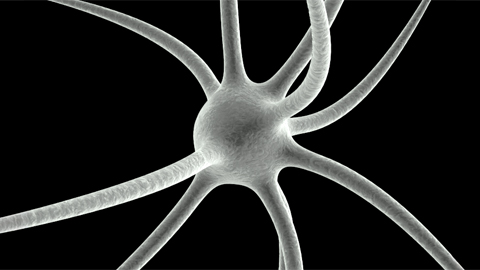
From the journals: MCP
Protein analysis of dopaminergic neurons. Predicting immunotherapy responses in lung cancer. ZASP: An efficient proteomics sample prep method. Read about papers on these topics recently published in Molecular & Cellular Proteomics.
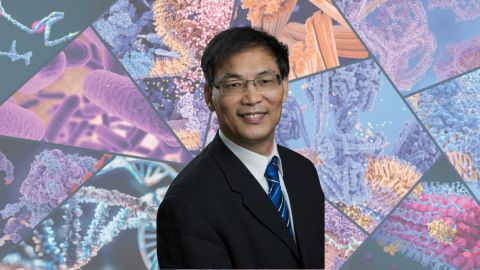
Unsheathing the role of myelin lipids in Alzheimer’s disease
Xianlin Han, an ASBMB Breakthroughs speaker, discussed his pioneering work on lipidomics and the role of sulfatide lipids in Alzheimer's disease.
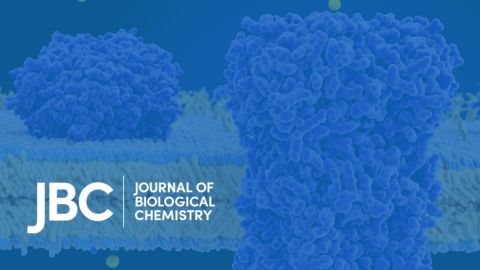
Ten interesting quotes from the JBC archives
Older papers include archaic quirks and long-abandoned biological concepts. Some show flashes of ideas that grew into their own fields, and others show that some things never change.

